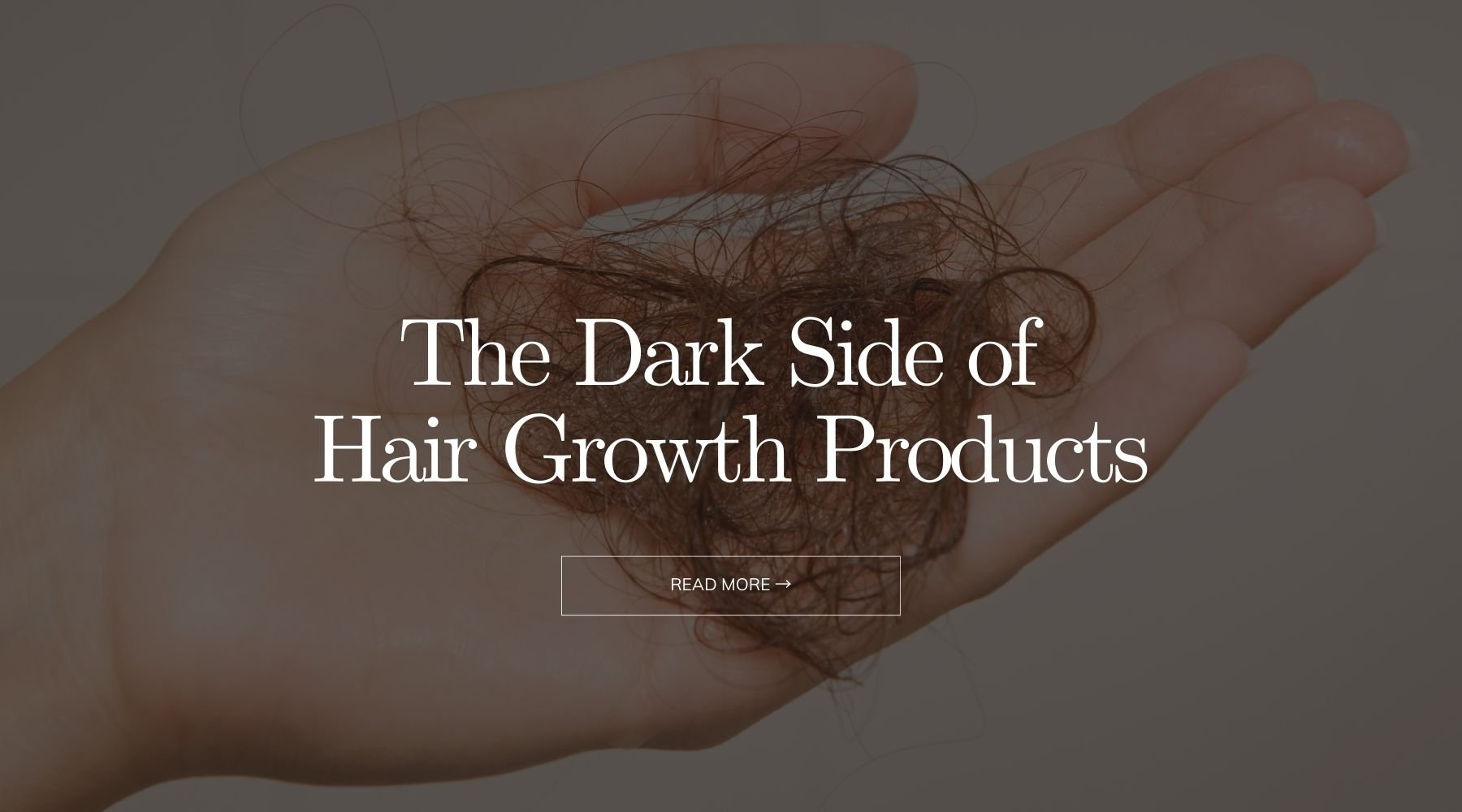When it comes to achieving luscious locks, many individuals turn to hair growth products to help them on their journey. However, not all products are created equal. Some popular brands, while effective, contain ingredients that have raised concerns due to their potential links to cancer and other health issues. In this blog, we’ll delve into these ingredients and discuss the implications for consumers.
Understanding the Risks
Before we dive into specific brands, it’s essential to understand why certain ingredients can be problematic. Many hair growth products contain chemicals that may disrupt hormonal balances, cause skin irritation, or have been linked to cancer in various studies. The cumulative effect of using these products over time can pose significant health risks, particularly for individuals with sensitive skin or pre-existing health conditions.
Popular Brands to Watch Out For
-
Rogaine (Minoxidil)
- Main Ingredient: Minoxidil
- Concerns: While effective for stimulating hair growth, minoxidil can cause side effects like scalp irritation and unwanted hair growth in other areas. Some studies suggest that long-term use may have more serious implications, but definitive links to cancer are still being researched.
-
Nioxin
- Main Ingredients: Various chemical compounds, including parabens and synthetic fragrances
- Concerns: Nioxin’s formulations often contain parabens, which have been linked to hormone disruption and potential links to breast cancer. The synthetic fragrances in these products can also cause allergic reactions and may contain undisclosed harmful chemicals.
-
Garnier Fructis
- Main Ingredients: Silicone derivatives and parabens
- Concerns: Many Garnier products contain silicones and parabens, which can clog pores and may have long-term effects on health. Parabens, in particular, have been studied for their potential link to cancer due to their ability to mimic estrogen in the body.
-
Pantene Pro-V
- Main Ingredients: Formaldehyde-releasing preservatives (like DMDM hydantoin)
- Concerns: Pantene products often include formaldehyde-releasing preservatives that can be harmful in the long run. Formaldehyde is a known carcinogen, and exposure can lead to severe health issues, including various types of cancer.
-
Biotin Supplements
- Main Ingredients: Various fillers and additives
- Concerns: While biotin itself is essential for hair health, many commercial supplements contain additives that may be harmful. Some brands use synthetic ingredients that can have adverse health effects, including potential links to cancer.
What Can Consumers Do?
-
Research Ingredients: Always read the ingredient labels. Familiarize yourself with harmful ingredients and consider using databases like the EWG’s Skin Deep to check the safety of products.
-
Opt for Natural Alternatives: There are numerous brands that focus on using organic, non-toxic ingredients. Look for products that feature natural oils (like argan, jojoba, or coconut oil), herbal extracts, and vitamins without harmful additives.
-
Consult with Professionals: If you're considering hair growth products, speak with a dermatologist or healthcare provider. They can help you find safe alternatives that suit your specific needs.
-
Be Cautious with Trends: Not every viral product on social media is safe. Always conduct thorough research before trying new products.
While many popular hair growth brands deliver on their promises, it’s crucial to remain vigilant about the ingredients used in these products. By choosing safer alternatives and educating yourself about potential risks, you can make informed decisions that benefit both your hair and overall health. Remember, beautiful hair doesn’t have to come at the expense of your well-being. Prioritize products that are both effective and safe, steering clear of those with cancer-causing ingredients. Your hair—and your health—will thank you!





